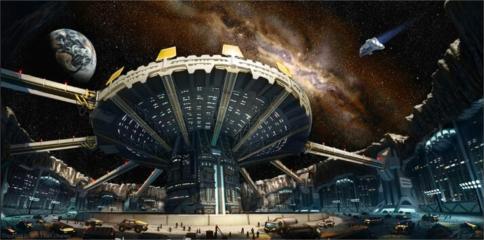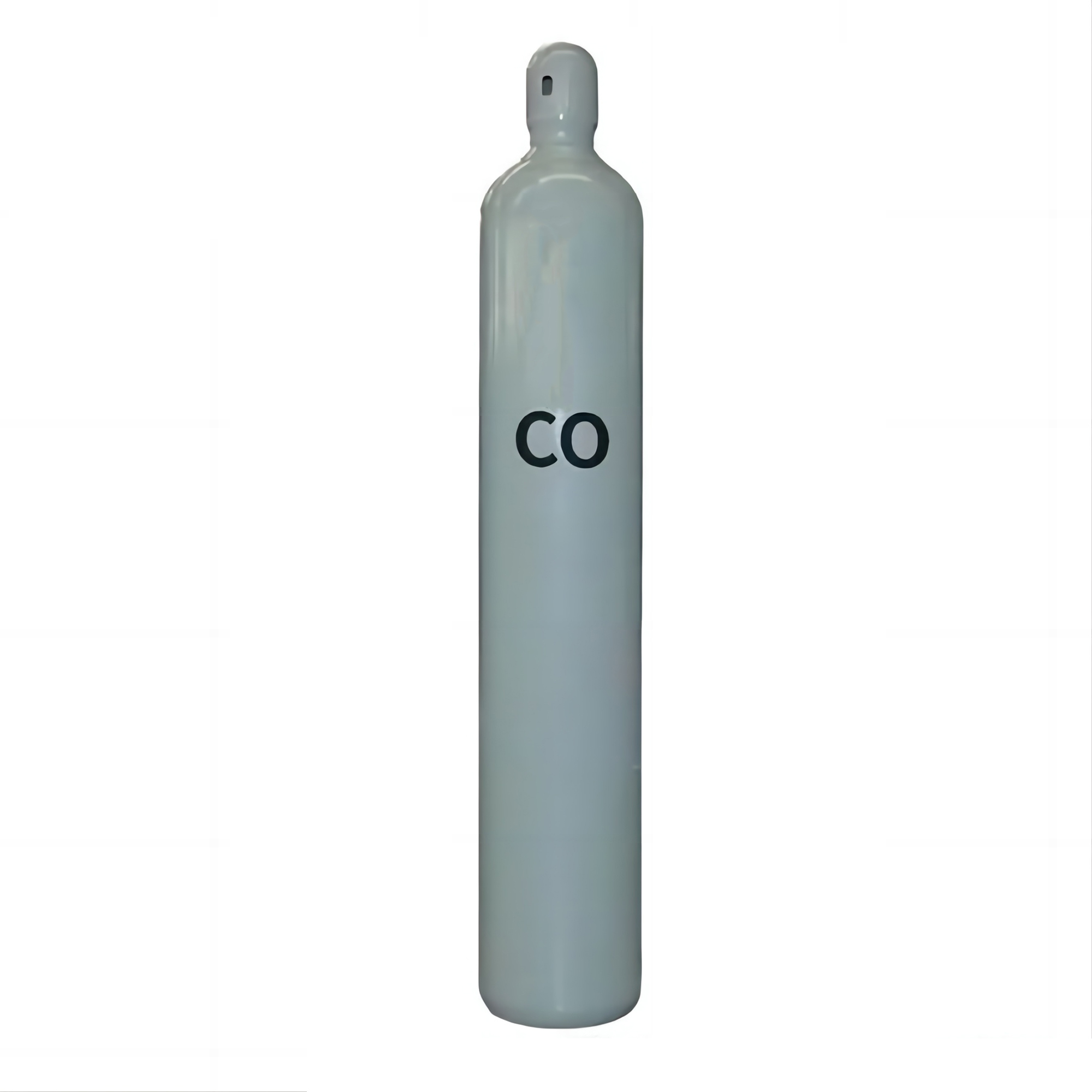The Future Direction Of Helium 3 Isotope Energy
With the over-exploitation of natural resources, scientists estimate that in 50 years, all of us will run out of oil, natural gas, coal and other common energy resources. Wind, solar and even the shale gas that has been the rage in America for years are more or less imperfect. But helium 3, an isotope of helium that can generate clean electricity for human use, is attracting attention from scientists around the world.

For a long time, scientists hope to find a kind of new energy that can last, clean and effective to solve the current energy crisis. So we turned our attention to nuclear power (fusion power and fission power). But nuclear fission generates large amounts of radioactive waste and poses a serious danger to the environment. The latter, nuclear fusion (using deuterium and tritium thermonuclear fusion reactions), also produces powerful and life-threatening neutron radiation. But as an isotope of helium, a helium-3 thermonuclear reactor does not pose an environmental hazard because it does not produce neutron radiation. But the earth's helium resources (helium makes up only about 5.2 parts per million of the air, and its isotope helium 3 is even smaller) are not enough to build such reactors.
The good news is that although earth has a serious shortage of helium 3, the moon is rich in it. Due to the moon's unique geographic environment (no atmosphere), the lunar surface soil is exposed to direct sunlight for a long time, and the solar wind blows directly over the lunar surface, leaving a wealth of volatile chemical elements and helium 3. According to preliminary estimates, there are currently 100w-500w tons of helium-3 on the moon. China would need only 8 tons of helium-3 a year to generate electricity, and the world would need only 100 tons a year. There is enough helium 3 on the moon to last the entire human race for 10,000 years. Although the cost of extracting helium 3 from the moon is high, it is estimated to be $1 billion per ton (or $4 billion per ton when transportation is included). But from an environmental and sustainable point of view, the price is excellent quality and reasonable price. And as human aerospace technology matures, space transportation will become cheaper.
- Prev: None
- Next: Helium Isotopes Have Been Found In Volcanoes





 Facebook
Facebook YouTube
YouTube LinkedIn
LinkedIn Twitter
Twitter